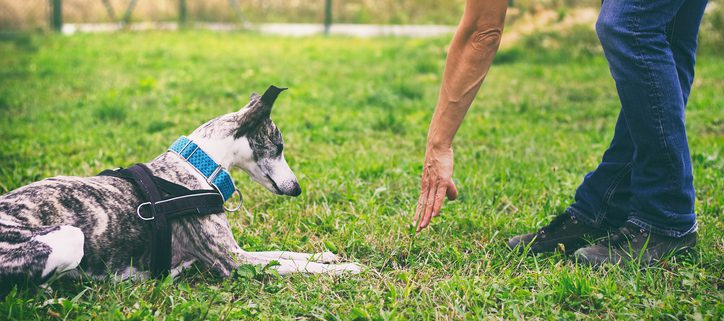The Evolution of Modern-Day Dog Training & Obedience. Part 1 Today’s trainers owe much to their predecessors
By the 1980s, there was a paradigm shift toward more positive methods in dog training. Only 20 years before, many trainers felt that dogs had to be “broken” in order to be trained. These changes in thinking matched what was happening in the treatment of people with disabilities and mental health problems. In the 1960s, humans were often treated with shock therapy and the use of aversive stimuli. By the 1980s positive behavioral procedures were commonplace in both dog training and human services settings.
Starting in the 1980s, the dog training world seemed to ‘discover’ operant conditioning. The principles of operant conditioning are far from new and this discovery was actually a re-discovery of principles that dog trainers had been using nearly a century ago.
Beginning in the 1800s, without using the technical terminology or being aware of the scientific theories related to training, dog trainers were using many operant conditioning procedures. The early dog trainers played a critical role in developing the world of dog training as we know it today.
After the cavemen brought wolf cubs into their dens as companions, domesticated dogs were used for purposes such as hunting, herding, droving, pulling sleds, and killing vermin. Tibetan Terriers are thought to have been bred and raised by monks in Tibetan monastaries as long as 2000 years ago to serve as pets and assist with the care of flocks and herds. In the 1790s, during her imprisonment, Josephine reportedly used her Pug to carry messages to Napoleon. In the 19th Century, Asian tribes were using sled dogs to carry loads. All of these dogs had some training that was most likely provided by the owners and based on trial-and-error. There were no dog obedience training classes and no manuals or videotapes designed to teach you to teach your dog to carry messages out of your prison cell.
Dogs shows in taverns
Beginning in the late 1700s, in England, informal dog competitions were held in events much like county fairs. By the 1800s, informal dog activities had become popular. Many events were held in local taverns and the townspeople came to cheer on their favorite dogs. A British tavern called The Blue Anchor was the main headquarters for the Toy Dog Club, and a specialty show for Toy Spaniels was held in The Elephant and Castle tavern in 1834.
In 1859, English dog fanciers held the first organized dog show. The show included only Pointers and Setters, showing the interest at the time in dogs who had been trained for sporting activities. Fourteen years later, The Kennel Club (England) held its first official dog show.
As in England, the earliest interest in organized dog training in the United States focused on sporting dogs. In the 1700s, George Washington maintained a kennel of foxhounds at Mt. Vernon and competitions involving pointers, setters, and hounds were popular. In 1884, a growing national interest in pure-bred dogs resulted in the formation of The American Kennel Club. Initially, the primary focus of the AKC was to maintain a stud book and serve as a central governing body for dog shows.
From the mid-1880s until the 1930s, there were no obedience events at AKC dog shows. An idea that was borrowed from other countries, dog training was becoming well known in the United States in the 1920s, even though there were no AKC obedience competitions. Owners could have their dogs boarded and trained by professional trainers. Some owners trained in groups and had local competitions. Training dogs for competition and to earn AKC titles didn’t begin in this country until 1933 when Helene Whitehouse Walker decided to show everyone that her Standard Poodle was far more than just another pretty face.



